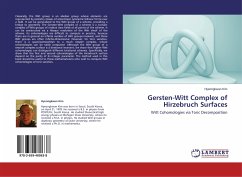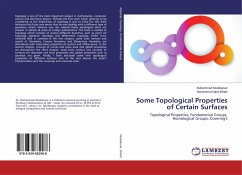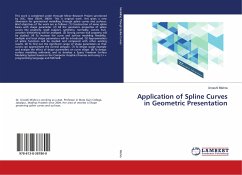Classically, the Witt group is an abelian group whose elements are represented by isometry classes of anisotropic symmetric bilinear forms over a field. It can be generalized to the Witt group of a scheme, providing a bridge to geometry. The Gersten-Witt complex of a scheme is a cochain complex of Witt groups of residue class fields at all points of the scheme. It can be constructed via a flasque resolution of the Witt sheaf of the scheme. Its cohomologies are difficult to compute in practice, because there are in general an infinite number of Witt groups involved, and those Witt groups are often infinite-dimensional. However, for toric varieties, there is a quasi-isomorphism to a much simpler complex, whose cohomologies can be easily computed. Although the Witt group of a smooth complex surface is a birational invariant, we show that higher Witt cohomologies can distinguish different birational schemes. Specifically, we show that the first and second cohomologies of the Hirzebruch surface depend on the parity of its integer parameter. The method used in this book should be useful to those mathematicians who wish to compute Witt cohomologies of toric varieties.








